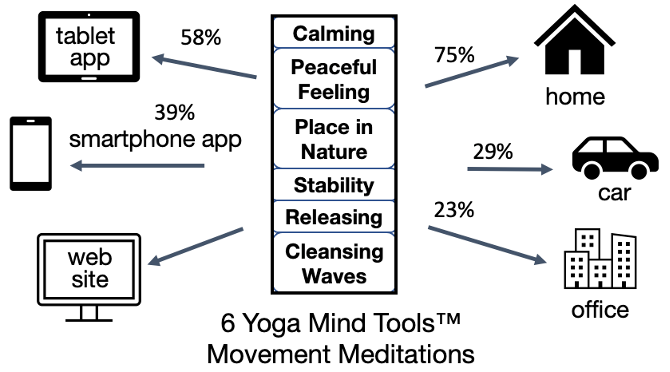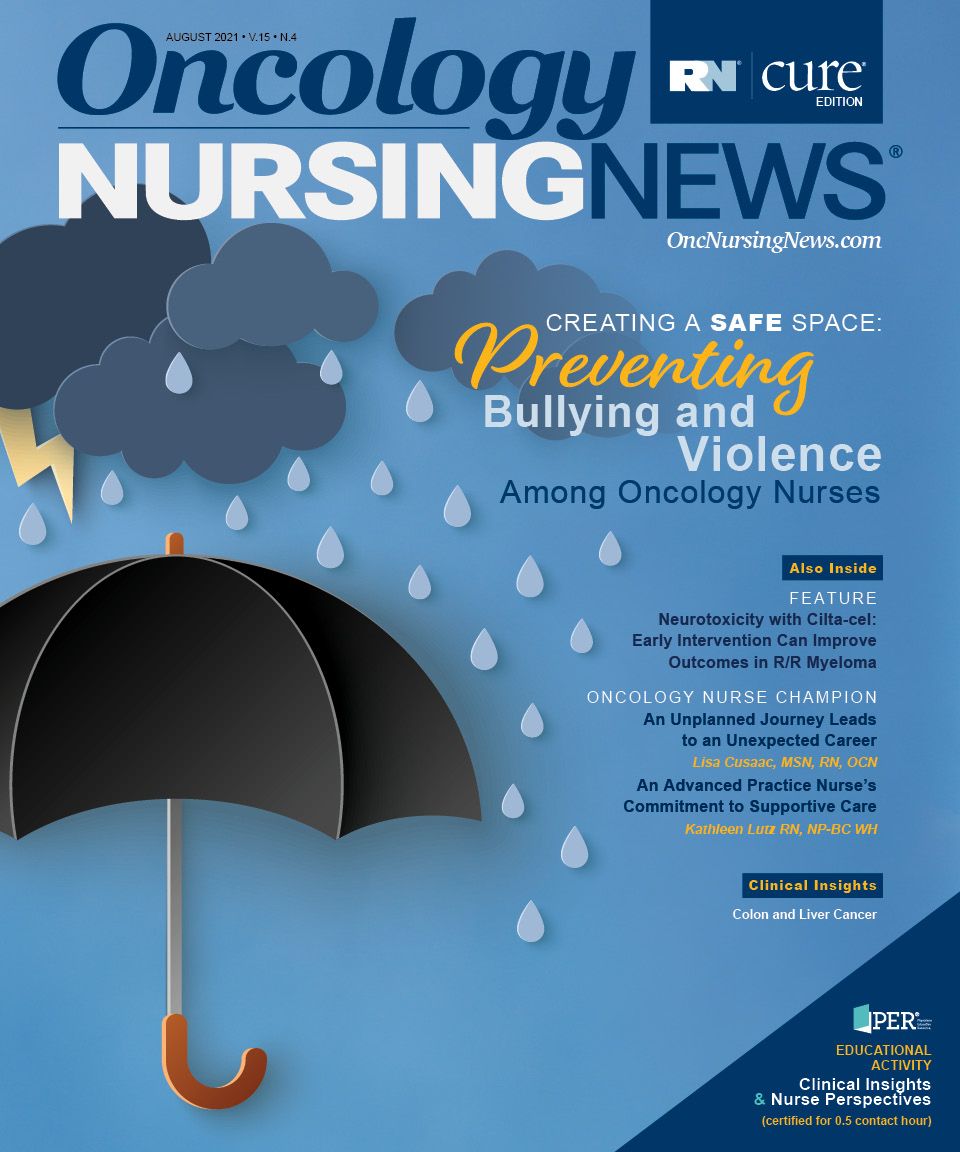Hospice Professionals Use Mind, Body, and Movement Meditation to Reduce Stress
A program evaluated at Michigan State University has shown that meditation helps combat burnout and promote well-being among health care workers, particularly in hospice settings.
Introducing 10-Minute Meditations
Investigators at the Michigan State University (MSU) College of Nursing and the College of Communication Arts and Sciences in East Lansing recently evaluated the effect of Yoga Mind Tools’ 6-week “movement meditation” intervention. Each week, a new meditation was introduced to multidisciplinary clinical teams at a large nonprofit hospice organization.
The 10-minute meditations were designed to relax the body, calm the mind, and encourage mind-body integration, all from the comfort of a chair. They consisted of a series of yoga-based meditation steps that combined breathing, gentle movements, and meditation objects. All sessions engaged interoceptive awareness, with a focus on slow, controlled movement and breathing, aligning movement with breath, and attention to present moment interoceptive bodily sensations and feelings, according to investigators.
Rebecca Lehto, RN, PhD, FAAN, Associate Professor, College of Nursing, Michigan State University

“This approach engaged leadership buy-in from the beginning and facilitated shared experiences with the meditations among coworkers throughout the 6-week period for each team,” said Rebecca Lehto, PhD, RN, FAAN, an associate professor at MSU College of Nursing.
There were 76 participants, all of whom completed pre- and postintervention surveys that showed:
- two-thirds of those who were present at a staff meeting where the program was introduced went on to do a meditation on their own at least once;
- 42% did so 4 or more times; and
- half of hospice professionals (HPs) expressed a desire to continue to have access to the meditations after the 6-week program ended.
Diverse Ways to Access Meditations
The findings confirmed the importance of offering diverse ways to access the meditations. For example, due to COVID-19 work-from-home restrictions when the research was conducted, 75% of HPs did a meditation at home, 29% in a car between patient visits (not while driving), and 23% at the office (these add up to more than 100% because some participants did meditations in more than 1 location). Tablets were used to access the meditations by 58% of HPs who did at least 1 meditation on their own, and smartphones were used by 39%. Computer use was not measured.

The pre- and postintervention surveys assessed burnout using the Stanford Professional Fulfillment Index, which measures professional fulfillment and burnout. The surveys also measured mind-body integration using the Multidimensional Assessment of Interoceptive Awareness scale.
Improved Mind-Body Integration
The frequency of meditation was linked to significant improvements in mind-body integration, evidenced by increased attention regulation and self-regulation. In addition, higher interoceptive awareness was significantly related to lower burnout, particularly lower work exhaustion. Interpersonal disengagement became rare and temporary among HPs.
The 10-minute yoga-based meditations—when done regularly—may change how the mind and body respond to stress and help mitigate burnout. Findings showed that the yoga-based meditation intervention was feasible and acceptable and that doing the meditations independently was associated with higher interoceptive awareness. The results also point to a prominent role for interoceptive awareness in reducing the risk for burnout.
Carrie Heeter, PhD, Professor, Department of Media and Information, Michigan State University

The investigators say more still needs to be done. “We need to continue exploring follow-up approaches to integrate the movement meditations into organizational culture and to continue highlighting the importance of thinking beyond a one-time intervention to support health care provider well-being and combat burnout,” said Carrie Heeter, PhD, a media and information professor at MSU and director of Yoga Mind Tools.

Innovative Program Reduces Nurse Turnover and Fosters Development
Published: September 12th 2024 | Updated: September 12th 2024The US Oncology Network (The Network) has developed one of the most comprehensive programs in the nation to support the professional development and retention of new oncology nurses.


